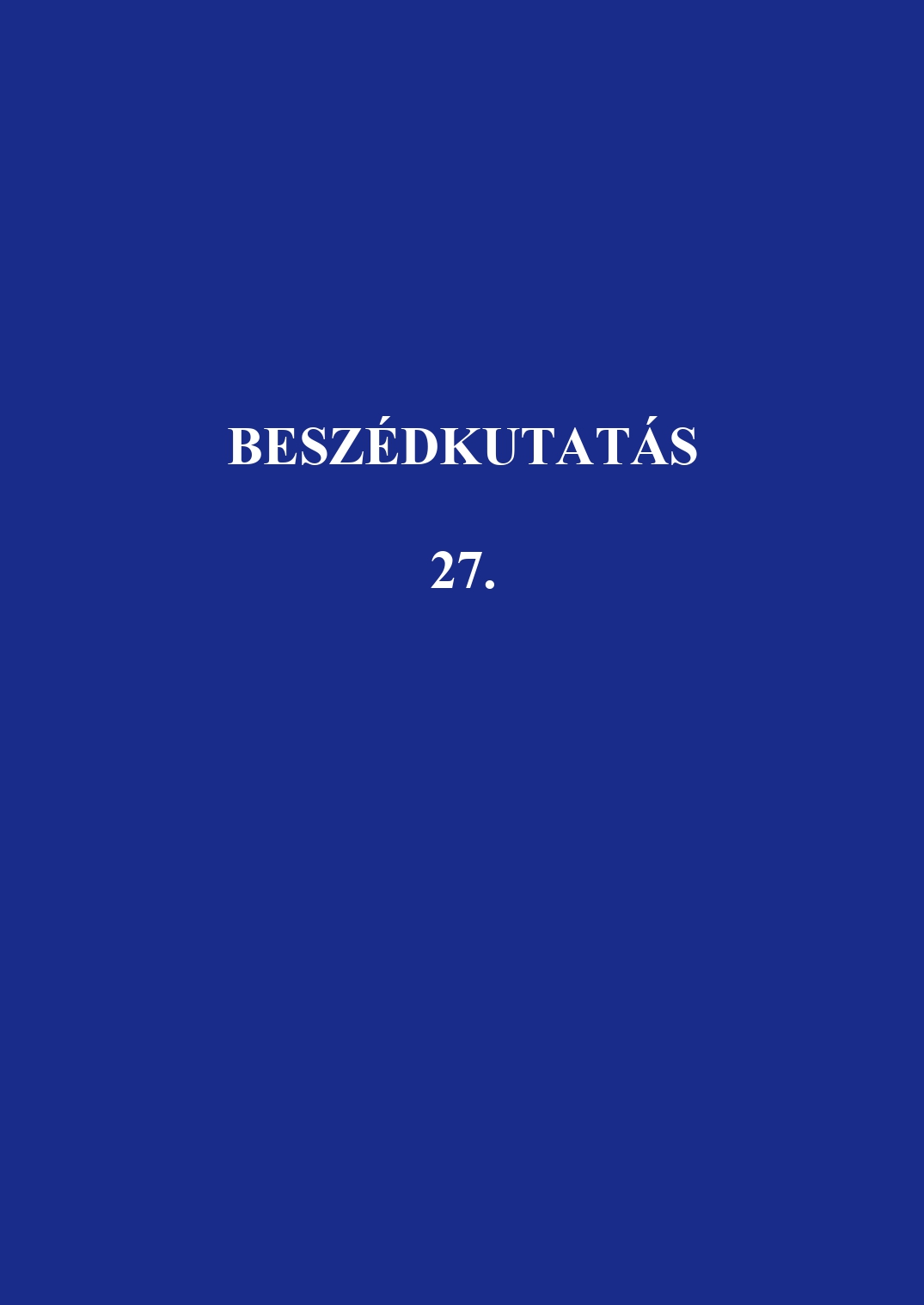Gemináták artikulációs szerveződése a magyarban
Absztrakt
Articulatory organization of geminates in Hungarian
It is traditionally assumed that geminates undergo degemination when being flanked by another consonant in Hungarian. As in Hungarian duration is considered to be the main acoustic cue to the singleton-geminate opposition, it appears valid to study the phonetic implementation of this process in the acoustic domain. However, previous acoustic analyses lead to inconclusive results on the status of the “degeminated” consonant, while articulatory data on Japanese singletons and geminates imply that it is revealing to study degemination on the level of gestural timing. The present study compared gestural organization of geminates, degeminated and singleton consonants in
heterorganic C-clusters, and in intervocalic positions. We obtained EMA data from 10 female speakers of Hungarian (aged 27.7 ys). Consonant durations, plateau durations and tongue rise data showed that degemination does not yield realizations equivalent to intervocalic singletons, and geminates and singletons in clusters showed equally slower tongue rise than that observed in intervocalic singletons.
A Beszédkutatásba leadott tanulmányokat máshol változatlan formában megjelentetni nem lehet. Más személy a szerkesztőbizottság engedélyével és megfelelő hivatkozással használhat fel ábrákat a publikált tanulmányokból.





